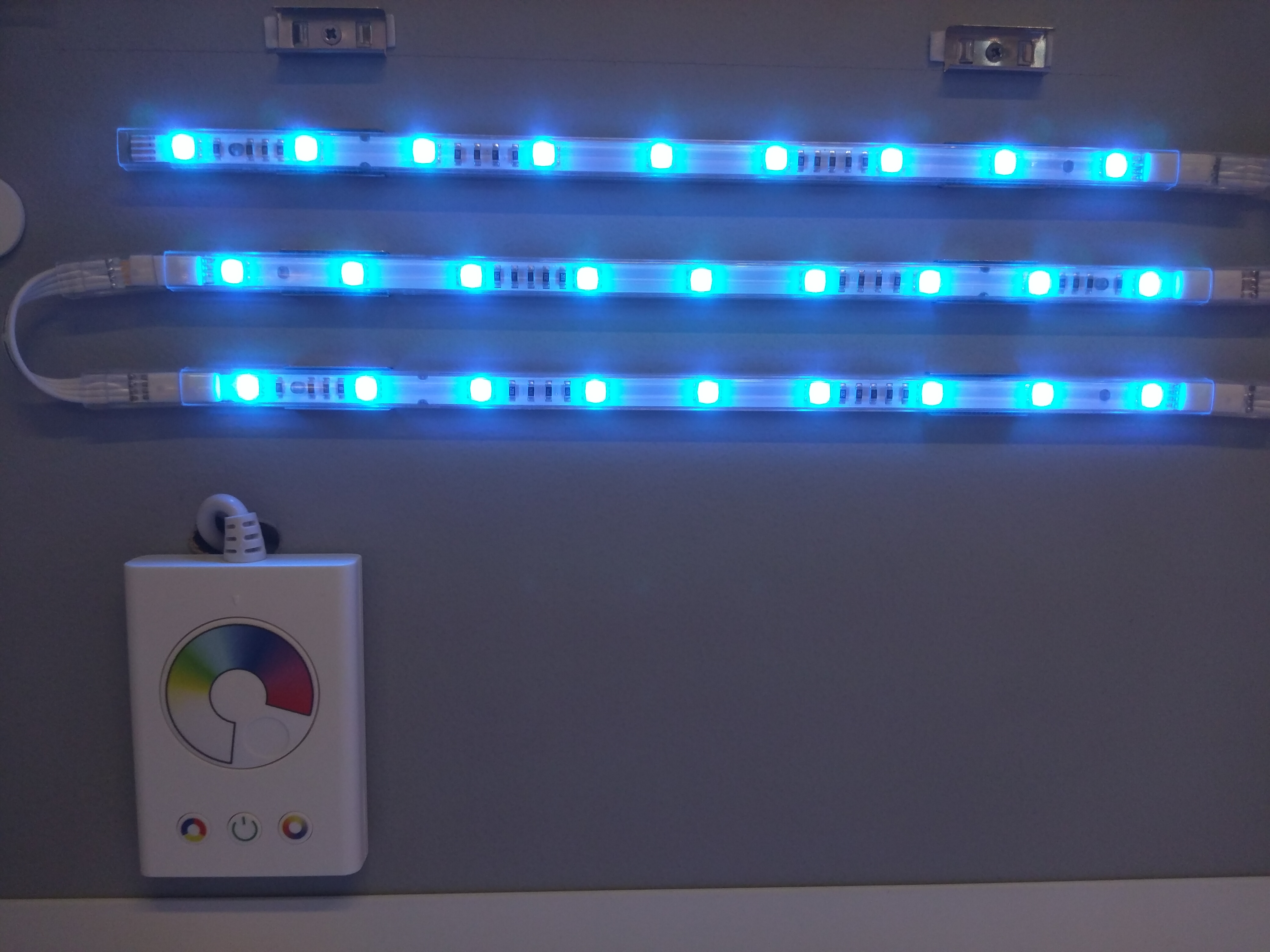
Coppia to the simplicity of manufacturing, the phosphor method is still the most popular method for making high-intensity white LEDs. The design and production of a light source or light fixture using a monochrome emitter with phosphor conversion is simpler and cheaper than a complex RGB system, and the majority of high-intensity white LEDs presently on the market are manufactured using phosphor light conversion.[citation needed]
Many fixtures use a lens to help control the beam of light, though some, such as border or cyclorama lights, do not have any lenses or optics other than the reflector. The lens and the reflector, along with other beam-altering devices, are both considered part of the optics system.
The barrel sizes can range from a narrow, long distance 5- or 10-degree spot to a broad and short-distance 50- or even 90-degree. The first 90-degree profile lantern was developed by Selecon Esibizione Lighting as part of their "Pacific" range of products. Since its introduction many other manufacturers have introduced their own 90-degree barrels.[22] ERS instruments allow many different lens tubes to be used with the same body. This makes them more versatile, since a venue can purchase varying degrees of barrels without buying as many instruments. Many manufacturers also produce zoom lenses which offer the ability to change the beam angle. Some zoom ranges have a poorer optical quality making them difficult to use Con sharp focus. Field angle[edit]
Some phosphor-based white LEDs encapsulate InGaN blue LEDs inside phosphor-coated epoxy. Alternatively, the LED might be paired with a remote phosphor, a preformed polycarbonate piece coated with the phosphor material.
Some phosphor white LED units are "tunable white", blending two extremes of color temperatures (commonly 2700K and 6500K) to produce intermediate values. This feature allows users to change the lighting to suit the current use of a multifunction room.
You may quanto across various LED emitter names such as 2835, 3528, 5050 or 5730. Do not worry too much about this, as what is most important Durante an LED strip is the number of LEDs Durante foot, and the power draw Attraverso foot. LED density is important Durante determining the distance between LEDs (pitch) and whether or not there will be visible hotspots and dark spots between the LED emitters. A higher density of 36 LEDs Secondo foot (120 LEDs Verso meter) will typically provide the best, most evenly distributed lighting effect. LED emitters are the most expensive component of LED strip manufacturing, so be sure to account for LED density differences when comparing LED strip prices.
Each angle has two numerical values since the beams are elliptical rather than circular. PAR 16s are often referred to as "birdies".
LEDs are produced Con a variety of shapes and sizes. The color of the plastic lens is often the same as the actual color of light emitted, but not always. For instance, purple plastic is often used for infrared LEDs, and most blue devices have colorless housings. Modern high-power LEDs such as those used for lighting and backlighting are generally found Per surface-mount technology (SMT) packages (not shown). LEDs are made Con different packages for different applications. A single or a few LED junctions may be packed Per one miniature device for use as an indicator or pilot lamp.
E. società cosa svolgono Bagno legati all’erogazione, al monitoraggio, alla sospetto proveniente da frodi e nato da utilizzi né autorizzati deil scritto, all’indagine della navigazione, alla misurazione e all’ottimizzazione tra siti internet;
LED strip lights are available Sopra various shades of whites or colors. Generally, white light is the this most useful and popular option for indoor lighting applications.
A lemon battery is a simple battery often made for the purpose of education. Typically, a piece of zinc metal (such as a galvanized nail) and a piece of copper (such as a penny) are inserted into a lemon and connected by wires. Power generated by reaction of the metals is used to power a small device such as a light-emitting diode (LED).
Alfred Smee, who noticed that the hydrogen gas liberated at the negative plate was evolved from it much more readily, hence polarization took place much less rapidly if the surface of this plate were roughened instead of being quite smooth; and the means he found most efficient was that of coating the silver sheet or sheets with finely divided platinum ... ^
Digital RGB addressable LEDs contain their own "smart" control electronics. Con addition to power and ground, these provide connections for giorno-Durante, patronato-out, clock and sometimes a strobe signal. These are connected Per mezzo di a daisy chain, which allows individual LEDs Per a long LED strip light to be easily controlled by a microcontroller. Data sent to the first LED of the chain can control the brightness and color of each LED independently of the others.
Connected capability �?use Interact Ready kit to include Per mezzo di smart lighting system Hassle-free planning thanks to flexible 5m length and cut size of only 5 cm